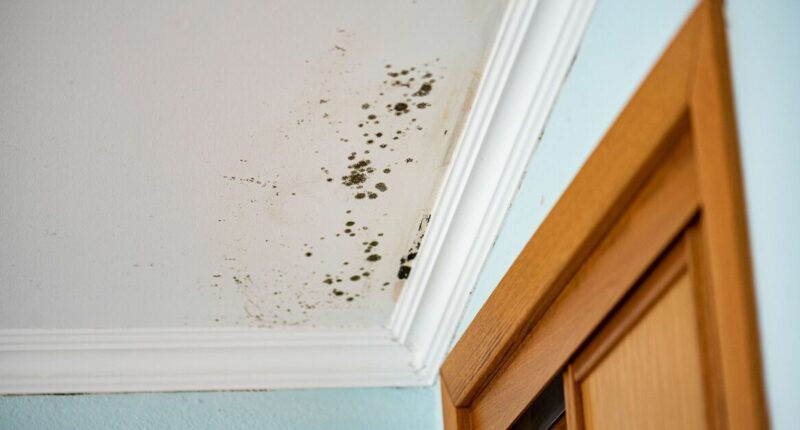Share this @internewscast.com
As autumn approaches and energy prices are set to increase again in October, many people are wondering: how can you keep your home sufficiently warm to prevent mould without breaking the bank?
Mould and condensation don’t just spoil paintwork and damage plaster, they can also pose serious health risks.
Damp houses are associated with respiratory issues, skin irritation, and, in severe cases, chronic illnesses. However, experts suggest that a smart heating plan combined with some easy practices can significantly help.
The Energy Saving Trust advises maintaining home temperatures between 18°C and 21°C during the cooler months. Temperatures below 15°C–16°C may lead to condensation on cold surfaces like walls and windows, which can rapidly result in dampness and mould.
Energy authorities also highlight that even if you prefer a warmer setting, lowering the thermostat slightly can reduce costs without heightening mould risk. Decreasing the temperature by just one degree could cut about 10% off your energy bill, saving potentially £90 annually in the UK.
The explanation is straightforward: warmer air can hold more moisture than cooler air. When this moisture-laden air contacts a cold surface such as a window, wall, or even a mirror, it turns into droplets. If left unchecked, these droplets can foster mould growth.
This is particularly problematic in bedrooms, bathrooms, and kitchens. Standard activities like cooking, showering, and drying clothes introduce large amounts of moisture into the air. If not properly vented, it settles on surfaces, beginning the cycle of dampness.
Some low-cost ways to prevent condensation are:
-
Dehumidifiers: These draw moisture from the air before it settles. Small models can cost as little as £25 and are particularly useful if you dry clothes indoors.
-
Ventilation: Opening windows for just 15 minutes can help, though this is trickier in winter. Using extractor fans while cooking or showering is essential.
-
Drying clothes: If possible, dry clothes outside or in a well-ventilated room. Avoid placing wet laundry directly on radiators, which releases large amounts of moisture.
-
Smart heating: Keeping the temperature consistent is better than blasting heating on and off. Steady warmth keeps condensation from forming in the first place.
If you’ve already spotted mould patches, don’t panic – there are effective, low-cost ways to tackle it. A diluted bleach solution (one part bleach to four parts water) can be applied with a cloth or sponge to wipe it away. White vinegar mixed with water also works as a natural mould killer and is safe to use on fabrics.
Cleaning influencers recommend hydrogen peroxide too, applied with kitchen roll to soak problem areas. At under £10 a bottle, and with each treatment costing only pennies, it’s one of the cheapest solutions available.
For stubborn cases, shop-bought mould sprays are widely available, some costing as little as 25p. But if mould spreads beyond a small patch or keeps returning, it may be time to bring in a professional. Depending on the size of the job, removal can cost between £200 and £400 per room.















